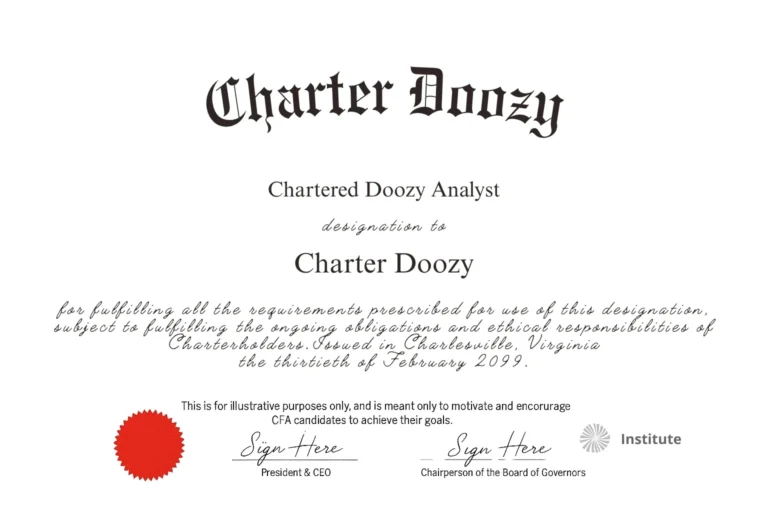A Foundational Hedge Fund Approach
The long/short equity strategy is one of the oldest and most foundational approaches in the hedge fund universe.
First popularized by Alfred Winslow Jones in 1949, this strategy revolutionized portfolio construction by allowing investors to profit from both rising and falling stock prices.
Its core concept is straightforward: buy (or “go long”) undervalued stocks expected to appreciate in value and sell short overvalued stocks expected to decline.

How the Strategy Works
At the heart of a long/short equity strategy is the belief that markets are not always efficient, and that skilled managers can identify mispricings on both sides of the trade.
The long position involves purchasing shares in companies that the manager believes are undervalued or poised for growth. The short position, by contrast, involves borrowing and selling shares in companies that appear overvalued or fundamentally weak, with the expectation of buying them back later at a lower price.
By combining these two positions, the portfolio manager can reduce (or even neutralize) overall market exposure. This structure allows the manager to focus on capturing “alpha,” or excess return generated by stock selection skill, rather than relying solely on broad market movements (“beta”).
Controlling Market Exposure
Long/short equity strategies are highly customizable. A portfolio can be:
- Market neutral, where the long and short positions are approximately equal in value, resulting in little to no net market exposure.
- Net long, where long positions outweigh shorts, expressing a modestly bullish market outlook.
- Net short, where shorts dominate the portfolio, signaling a bearish view.
This flexibility allows hedge fund managers to adjust their exposure based on prevailing market conditions, risk preferences, and investment themes.
Interested in Learning About Other Hedge Fund Strategies?
Practical Examples of Long/Short Trades
To move from theory to practice, consider a few real-world examples of how a long/short equity strategy might be implemented:
- Pair trade: A manager might go long Coca-Cola and short Pepsi if they believe Coca-Cola will outperform Pepsi, regardless of the overall direction of the beverage industry or equity markets.
- Sector rotation: A manager bullish on the renewable energy transition might go long a portfolio of solar companies while shorting traditional oil and gas producers.
- Style rotation: If macro conditions favor value investing, the manager might go long value stocks and short high-multiple growth stocks expected to underperform in a rising interest rate environment.
- Geographic arbitrage: A manager could long a U.S.-listed American Depositary Receipt (ADR) of a foreign company while shorting the local shares in the home market, aiming to capture pricing inefficiencies between jurisdictions.
These examples reflect the core appeal of the strategy: it enables managers to act on both positive and negative views simultaneously and construct trades with greater nuance than a long-only strategy would allow.

Benefits of the Strategy
Long/short equity strategies offer a number of potential advantages:
- Return potential in all markets: By profiting from both rising and falling stocks, the strategy can generate positive returns in various market conditions.
- Risk management: Short positions can help hedge against market downturns or sector-specific risks.
- Alpha generation: Skilled managers may consistently add value through superior security selection, market timing, or proprietary research.
- Customization: The strategy allows managers to tailor exposure to sectors, styles, and geographies in precise and targeted ways.
For investors seeking downside protection and the opportunity to outperform through active management, long/short equity strategies can be a powerful tool.

Risks and Challenges
Despite its appeal, the long/short equity strategy is not without risks:
- Short squeeze risk: When heavily shorted stocks rise rapidly, managers may be forced to close positions at significant losses.
- Leverage: Many hedge funds use leverage to amplify returns, which can increase volatility and downside risk.
- Timing mismatches: The long and short legs of a trade may not move in sync, resulting in losses even if the manager’s overall thesis is correct.
- Stock selection error: Poor research, misjudged fundamentals, or unforeseen events can lead to losses on either side of the trade.
Managing these risks requires rigorous due diligence, disciplined risk controls, and deep fundamental analysis.
Historical Significance and Current Role
Long/short equity strategies have remained relevant through decades of market evolution. Alfred Winslow Jones’s original fund demonstrated the viability of market-neutral investing long before the term “hedge fund” became mainstream.
Since then, the strategy has been adapted and refined by thousands of managers across a range of styles and geographies.
Today, long/short equity strategies remain a core allocation in many institutional portfolios. Their ability to deliver uncorrelated, risk-adjusted returns makes them especially valuable in periods of market stress or when traditional assets underperform.
Final Thoughts
The long/short equity strategy combines the familiar process of stock investing with the added dimensions of hedging, leverage, and directional flexibility. It is a sophisticated, nuanced approach that rewards deep research, active management, and tactical execution.
For investors seeking to go beyond long-only exposure and explore the full range of opportunities in public equities, the long/short equity strategy offers a compelling (if complex) alternative.













